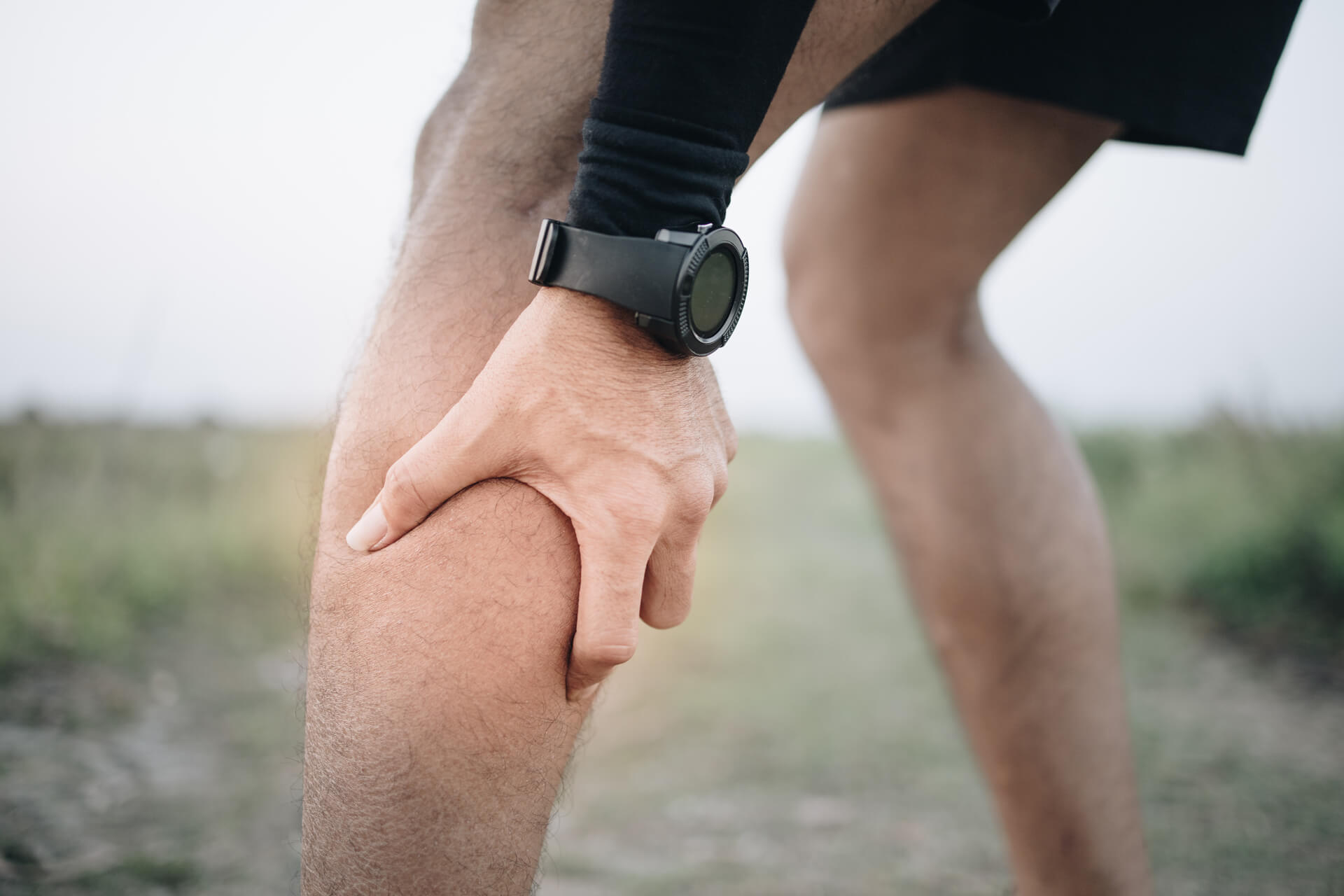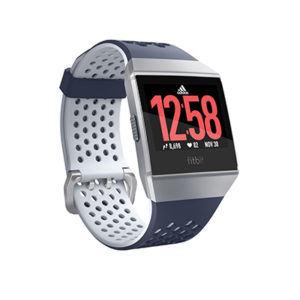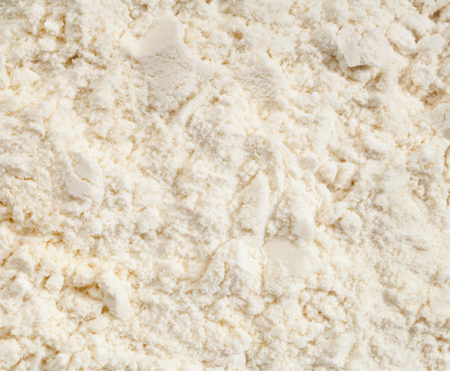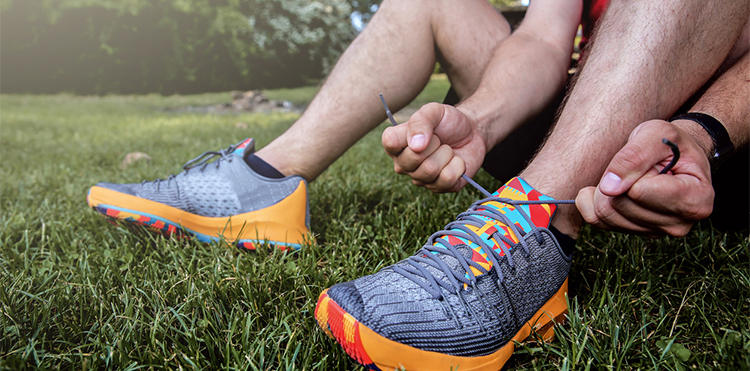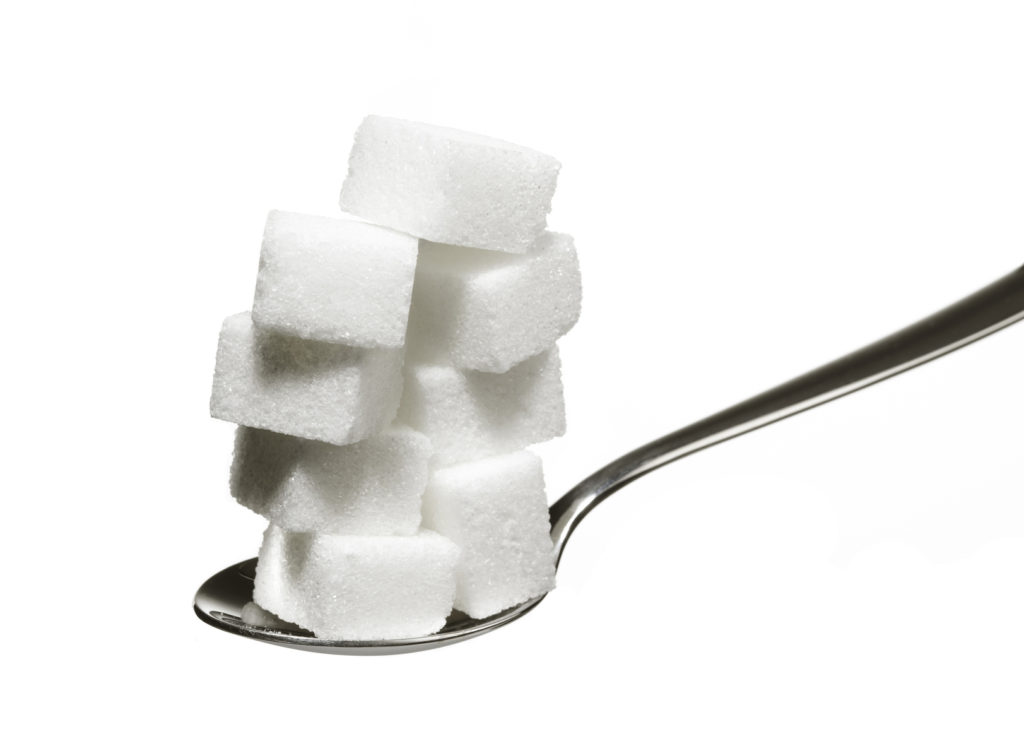
We’ve all been told that sugar is bad for us, but where do you draw the line? I’ll bet that most of us have, at one time or another, tried to give up sugar only to succumb to our cravings by mid-afternoon?
Some of this is human behaviour: tell someone that they can’t have something and it sets up a ‘deprivation mentality’, so they instantly want it. But some of this ‘need’ for sugar is actually physiological.
If you’re training hard, with a percentage of your training at high intensity, then the body is going to need a readily available source of energy to fuel this work. Glucose is the preferred source – and sugar provides it instantly.
This year’s Scientific Advisory Committee on Nutrition (SACN) report determined that ‘added sugar’ should make up no more than 5% of your total energy intake and a maximum of 30g
per day. This includes white table sugar (sucrose), brown sugar, honey, maple syrup, agave syrup, coconut sugar and high-fructose corn syrup.
So if you are consuming 3,000 calories a day, your total amount of added sugar should be no more than 150 calories or seven teaspoons (this excludes sugar naturally found in fruit or milk). My general advice for runners is to use the SACN report as a guide and aim for a balance of added sugar intake over the course of seven to 10 days. However, runners shouldn’t rely on sugar as their only energy source around higher training volumes.
How to avoid eating too much sugar
1. Base your meals and snacks on nutrient-dense carbohydrates. This includes wholegrains, beans and pulses, potatoes and sweet potatoes, oats, dairy, fruit and vegetables. I usually recommend fist-size portions for meals and half-a-fist’s worth for snacks, as this prevents blood sugar fluctuations that can lead to sugar cravings.
2. Aim to combine food groups. Try: banana with nut butter; chicken and avocado wholegrain bagel; sweet potato and feta cheese; Greek yogurt and fruit. This helps to control blood sugars and prevent that mid-afternoon raid on the biscuit tin.
3. Tailor your intake to your training and recovering sufficiently. Sugar cravings often occur when individuals do not recover properly after a high-intensity training session. Aim for a mix of carbohydrates and proteins, such as fruit, yogurt and milk smoothie, or scrambled eggs with wholegrain toast.


